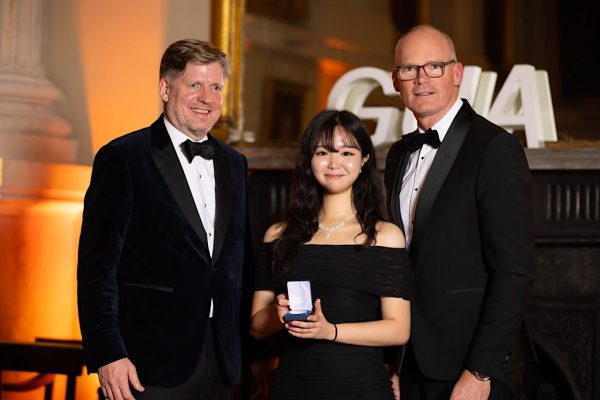UI creates robotic drone bat to study biological bat movement
Mar 12, 2017
Last updated on March 8, 2018 at 08:52 a.m.
For the past two years the Engineering department at the University has been striving to create a robotic bat, a drone that recreates a biological bat’s flight.
As of this year, what once started off as a 1.5 million dollar grant became a reality for Electrical and Computer Engineering Professor Seth Hutchinson, graduate student in the Coordinated Science Lab Alireza Ramezani and Caltech Associate Professor of Aerospace and Bren Scholar Soon-Jo Chung. Chung is also an associate professor at the University and research scientist at the Caltech Jet Propulsion Laboratory.
Ramezani explained the importance of the drone.
“It’s the first work of its kind. You can’t find any other examples of robots that copy biological bats. Plus, it’s a platform that has some similarities to bats. It has an articulated skeleton, elastic membrane and an advanced degree of autonomy,” Ramezani said.
Get The Daily Illini in your inbox!
According to Ramezani, biologists currently have a high interest in studying bat movement, particularly their complex upside down landing maneuver. The drone could help to better understand the original movements through its robotic reconstruction.
The skeletons of the bat are made out of carbon fiber rods, while its wing is made from a custom-made silicone membrane. According to Chung, the white joints are created from 3D printed parts in addition to several other electronic parts.
The bat’s current research focus is that of the diving, sharp turns, and the complex landing maneuver. Along with biologists at Brown University, the research team is studying biological bats in order to make the drone more realistic.
“We are improving the strength of the bat,” Chung wrote via email.
The bat is currently being monitored in a controlled environment so as not to damage the drone. As of now that bat flies when it is thrown into the air by hand, but Ramezani said the team is currently working on an automatic launcher.
If Ramezani had to go back and change an aspect of the 93 gram drone, he would want it to resemble more of a vampire bat, which is a smaller specimen than the one they created.
“Unfortunately at this time we have a lot of restrictions in terms of the electronics/mechanical design,” Ramezani said.
Both Ramezani and Chung are working on future projects, some of which do not involve the bat. Ramezani is hoping to have the bat interact with human robots, as human robotics is what he wants to focus on once he becomes a part of the faculty at the University. Chung’s focus is more along the lines of the bat, as he is working on a robotic falcon that will hope to solve bird strikes problems.





